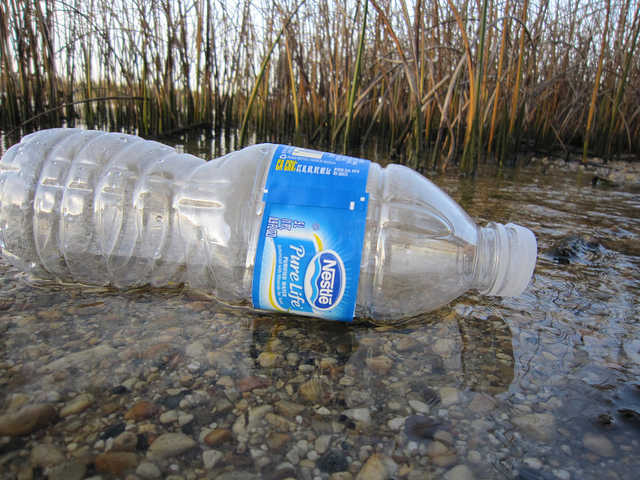
Life on Earth is in a human-imposed state of peril.
Should we choose to save ourselves from the impending environmental collapse, we will need to be on the same page.
Here’s my two cents, inspired by the ethos of Biomimicry.
A Non-Binding Joint Resolution to Encourage the Establishment of National and International Policies and Procedures in Accord with the Operating Conditions and Principles Conducive to Life.
WHEREAS human activity has been responsible for the exponentially rapid dissipation of Earth’s atmosphere, resulting in severe and pervasive climate change; for pillaging and degrading Earth’s natural resources, including but not limited to: water, land, minerals and fossil fuel; for the destruction of many of Earth’s rainforests and waterways and the decimation of many of her natural ecosystems, and; for the pervasive extinction of hundreds of thousands of species and concurrent eradication of biodiversity.
WHEREAS without human interference life naturally creates condition conducive to life, this General Assembly of the United Nations recognizes it is primarily the actions of humans in accordance with the mechanistic, reductionistic tenants established by the industrial revolution that have led to the aforementioned deteriorations of life on Earth, and
WHEREAS humanity has now arrived at a vantage point from which it is unethical to rationalize the short-term wants of humanity, it’s societies, governments and corporations, as having precedence over the more immediate and pressing needs of the Earth’s biosphere, climate, organisms, creatures and resources, to the high degree our survival as a species is dependent upon theirs.
Be it enacted by this general assembly of the United Nations to hereby recommend actions, individuals, societies and governments shall take in order for humanity to co-exist on earth:
Section 1. The actions of individuals, societies, and governing bodies should be conscious of the principle of conativity: all living beings and living systems are animated by a will or impulse to maintain and increase their own existence.
(a) To the degree that each living thing has been shaped by evolution over the same period of time, every living thing is just as evolved as every other. Therefore,
(b) Humans have no more right to survive than any other creature.
Section 2. Recognize, honor and protect the operating conditions necessary for all life to survive and thrive:
(a) Sunlight, water, and gravity
(b) Dynamic Non-Equilibrium
(c) Limits and Boundaries
(d) Cyclic Processes
Section 3. Understand that life’s operating conditions cannot create conditions conducive to life when manually or mechanically manipulated, meddled with, or modified by humans. Therefore
(a) Nations should enact environmental laws and policies that reflect a deep understanding and bio-synergistic respect for the natural world; correspondingly,
(b) Protection of life’s operating conditions should be given first priority and non-negotiable status when drafting laws and policies intended to regulate and guide the actions of individuals, governments, and corporations.
Section 4. Arrest and reverse the momentum of the industrial revolution worldview by taking heed in the winning strategies of the natural world’s most successful co-evolvers:
(a) Those creatures that have not changed for a very long time have adapted best to their environment, and should be looked upon as champions
(b) Apply champion’s strategies to human designs, infrastructures, processes, systems, and policies.
(c) Implement a set of patterns gleaned from the natural world into governing procedures that contribute to humanities ability to bio-synergistically survive and thrive.
Section 5. Assuming co-existence with the natural world can best be achieved by adhering to the winning strategies of the natural world, nations should educate and encourage a cross-section of professionals to understand, integrate and implement guidelines, accordingly as follows, into their focused and interdisciplinary endeavors:
- Evolve to Survive
- Continually incorporate and embody information to ensure enduring performance
- Replicate strategies that work
- Integrate the unexpected
- Reshuffle information
- Adapt to Changing Conditions
- Appropriately respond to dynamic contexts
- Incorporate diversity
- Maintain integrity through self-renewal
- Embody resilience through vitiate, redundancy, and decentralization
- Be Locally Attuned and Responsive
- Leverage cyclic processes
- Use readily available materials and energy
- Use feedback loops
- Cultivate cooperative relationships
- Integrate Development with Growth
- Self-organize
- Build from the bottom-up
- Combine modular and nested components
- Be Resource Efficient (Material and Energy)
- Use low energy processes
- Use multi-functional design
- Recycle all materials
- Fit form to function
- Use Life-Friendly Chemistry
- Break down products into benign constituents
- Build selectively with a small subset of elements
- Do chemistry in water
Section 6. This non-binding resolution shall take effect May 25, 2016.
Author: Jeff Beaudoin
Editor: Renée Picard
Image: Kate Ter Haar at Flickr








Read 0 comments and reply